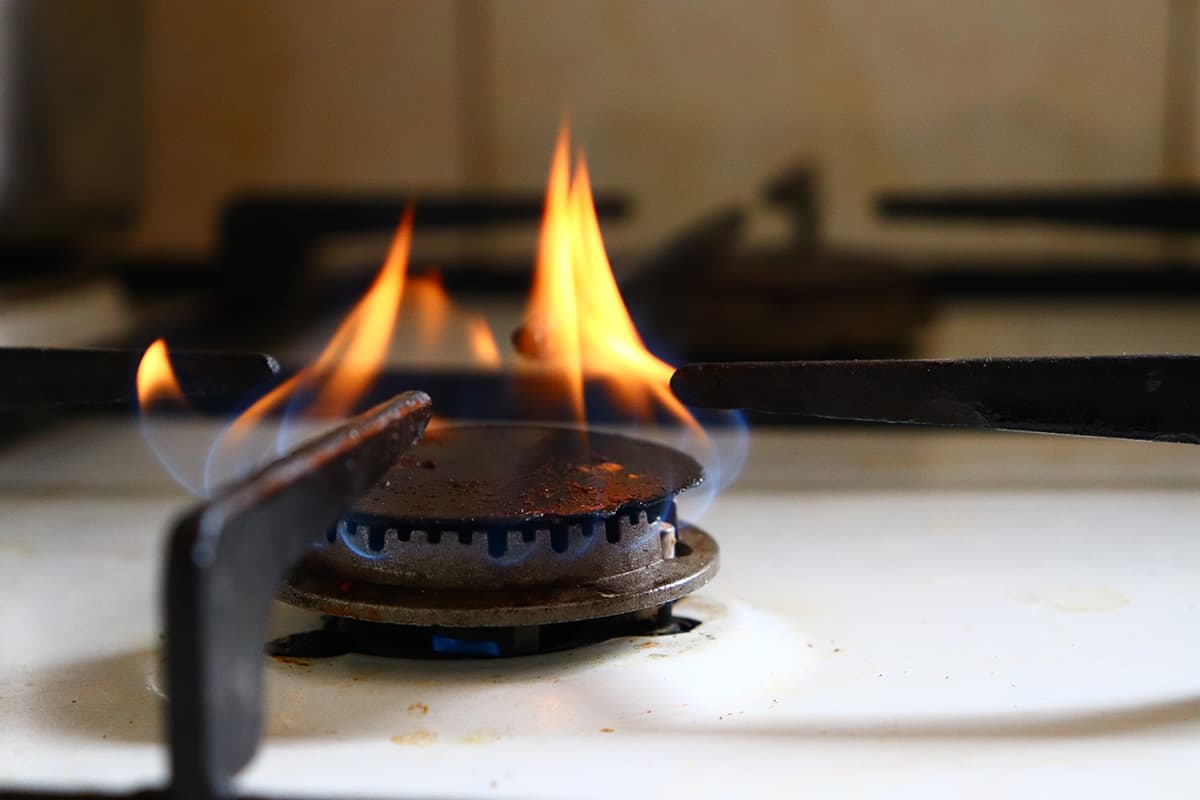

Articles
Why Is Part Of My Stove Burners Orange
Modified: February 28, 2024
Discover why part of your stove burners are turning orange and how to fix it. Read our informative articles for helpful tips and advice.
(Many of the links in this article redirect to a specific reviewed product. Your purchase of these products through affiliate links helps to generate commission for Storables.com, at no extra cost. Learn more)
Introduction
When you turn on your stove and notice that part of your burner flames appear orange instead of the usual blue, it can be quite concerning. The change in color may indicate an issue with your stove or its components. Understanding the reasons behind this phenomenon can help you identify and address any potential problems.
In this article, we will delve into the topic of orange stove burner flames and explore the possible causes. We will also discuss safety precautions and maintenance tips to ensure the longevity and proper functioning of your stove.
Before we delve into the details, it’s important to note that gas stoves are designed to produce a blue flame. This blue color indicates that the gas is burning efficiently, releasing minimal emissions and providing an adequate amount of heat for cooking. When the flame turns orange, it can be an indication that something is amiss.
Let’s now explore the potential causes of orange burner flames and how to address them:
Key Takeaways:
- Orange stove burner flames indicate incomplete combustion due to issues such as gas pressure, air intake, dirty components, or worn-out parts. Regular maintenance and professional servicing are crucial for safe and efficient stove operation.
- Prioritize safety by detecting gas leaks, ensuring proper ventilation, and following manufacturer’s instructions. Regular cleaning and inspection of burner components can prevent orange flames and maintain optimal stove performance.
Read more: Why Are My Stove Burners Smoking
Understanding the Stove Burner Flame
To understand why part of your stove burner flames may appear orange, it is essential to grasp the science behind the flame itself. A blue stove burner flame is considered ideal because it signifies complete combustion, indicating that the gas is being burned efficiently and cleanly. This blue color is created when the gas mixes with the oxygen in the air at the correct ratio.
At the molecular level, the blue color results from the combustion of hydrocarbons, such as methane, in the presence of oxygen. When the hydrocarbon molecules are heated, they break apart to form water vapor (H2O) and carbon dioxide (CO2), releasing energy in the process. The blue color is the result of exciting and releasing energy from the oxygen and carbon dioxide molecules.
On the other hand, an orange flame has a lower temperature and incomplete combustion. This occurs when there is not enough oxygen present for the gas to burn completely, resulting in the incomplete breakdown of hydrocarbon molecules. The orange hue is produced from the release of partially combusted particles that emit a different spectrum of light.
Now that you have a basic understanding of the science behind burner flames, let’s explore some potential causes of orange burner flames in the next section.
Potential Causes of Orange Burner Flames
There are several factors that can contribute to the appearance of orange flames on your stove burners. Here are some common causes:
- Gas Pressure Issues: Insufficient gas pressure can disrupt the proper air-to-fuel ratio, leading to incomplete combustion. This can result from a faulty regulator, low gas supply, or clogged gas line.
- Air Intake Problems: An improper supply of air to the burner can also cause orange flames. If the air vents or burners are blocked or obstructed, it can restrict the flow of oxygen needed for complete combustion.
- Dirty Burner Components: Accumulated dirt, debris, or food particles on the burner, burner ports, or igniter can disrupt the proper distribution of gas and air, leading to incomplete combustion and orange flames.
- Damaged or Worn Out Burner Parts: Over time, burner parts such as the thermocouple, burner valve, or flame sensor can become damaged or worn out. This can affect the proper functioning of the burner, resulting in incomplete combustion and orange flames.
It’s important to note that these potential causes can vary depending on the specific model and type of stove you have. Consulting the manufacturer’s manual or contacting a professional technician can provide further insights into your stove’s unique characteristics and troubleshooting steps.
In the next sections, we will discuss some potential solutions and maintenance tips to address these issues and ensure the optimal performance of your stove burner.
Gas Pressure Issues
One of the potential causes of orange burner flames on your stove is gas pressure issues. Insufficient gas pressure can disrupt the proper air-to-fuel ratio, leading to incomplete combustion and the appearance of orange flames. Here are some factors that can contribute to gas pressure problems:
- Faulty Regulator: The regulator is a device that controls the flow of gas from the gas source to the stove. If the regulator is faulty or malfunctioning, it may not be able to maintain the correct pressure, resulting in inadequate gas supply to the burners.
- Low Gas Supply: If the gas supply to your home or building is low, it can affect the performance of your stove. This can be due to factors such as low gas tank levels, interruption in the gas supply, or issues with the gas company’s distribution system.
- Clogged Gas Line: Over time, the gas line leading to the stove burners can become clogged with debris, rust, or mineral deposits. This can obstruct the flow of gas, leading to decreased pressure and incomplete combustion.
If you suspect that gas pressure issues are causing the orange burner flames, it’s essential to contact a qualified technician to assess and rectify the problem. They will be able to inspect the regulator, check the gas supply, and clear any blockages in the gas line if necessary.
Additionally, regular maintenance and servicing of your gas system can help prevent gas pressure issues. This includes periodic inspection of the regulator, ensuring proper gas tank levels, and keeping the gas line clean and free from obstructions.
Next, we will explore another potential cause of orange burner flames: air intake problems.
Air Intake Problems
Another possible cause of orange burner flames on your stove is air intake problems. Proper air supply is crucial for the complete combustion of gas, and any obstruction or restriction in the air intake can result in incomplete combustion and the appearance of orange flames. Here are some common air intake issues:
- Blocked Air Vents: The air vents on your stove play a vital role in supplying oxygen to the burner. If these vents are blocked by dirt, debris, or kitchen utensils, it can restrict the airflow and disrupt the air-to-fuel ratio, leading to incomplete combustion.
- Blockage in Burner Openings: The burner openings or ports where the gas is released can also become blocked by food particles, grease, or residue. This blockage hinders the proper mixing of gas and air, resulting in incomplete combustion and orange flames.
- Obstructed Burner Components: The burner components, such as the burner cap or burner head, can become obstructed over time. This can happen due to the accumulation of dirt, grease, or cooking residue. Blocked burners can disrupt the airflow and prevent the proper mixing of gas and air, leading to orange flames.
To address air intake problems, start by thoroughly cleaning the air vents and burner openings. Use a soft brush or a toothpick to gently remove any debris or buildup. Ensure that the burner components are free from obstructions and clean them as necessary.
Regular cleaning and maintenance of your stove can help prevent air intake issues. Wipe down the burner components regularly and perform a deep cleaning at least once a month to remove any stubborn dirt or residue.
In the next section, we will discuss another potential cause of orange burner flames: dirty burner components.
Check for a clog in the burner holes or a dirty burner. Clean the burner and ensure proper ventilation to prevent incomplete combustion, which can cause the orange flame.
Read more: Why Is One Of My Stove Burners Not Working
Dirty Burner Components
Dirty burner components can also contribute to the appearance of orange flames on your stove. Over time, dirt, grease, and food particles can accumulate on the burner, burner ports, and igniter, disrupting the proper distribution of gas and air and leading to incomplete combustion. Here are some key aspects to consider:
- Burner Surface: The surface of the burner can collect grease, oil, and other cooking residues, which can affect the flow of gas and air. This buildup can lead to uneven or incomplete combustion, resulting in orange flame patterns.
- Burner Ports: The ports or openings on the burner where the gas is released can become clogged with debris or food particles. This blockage restricts the proper mixing of gas and air, causing incomplete combustion and orange flames.
- Igniter: The igniter, responsible for igniting the gas in the burner, can also accumulate dirt and grease over time. A dirty igniter may fail to produce a strong spark, hindering the proper ignition process and leading to irregular burner flames.
To address dirty burner components, it is important to clean them regularly. Here are some steps you can follow:
- Ensure the stove is turned off and has cooled down before starting the cleaning process.
- Remove the burner grates and the burner caps, if applicable.
- Use a mild detergent or a mixture of warm water and vinegar to clean the burner surface, burner ports, and igniter. Gently scrub away any grease or residue using a soft brush or a sponge.
- Rinse the components thoroughly with clean water and ensure they are completely dry before reassembling and using the stove.
Regular cleaning and maintenance of your stove’s burner components can help prevent the buildup of dirt and ensure proper combustion. By keeping these components clean, you can minimize the occurrence of orange burner flames.
In the next section, we will explore another possible cause of orange burner flames: damaged or worn-out burner parts.
Damaged or Worn Out Burner Parts
Damaged or worn-out burner parts can also be a cause of orange burner flames on your stove. Over time, certain components of your stove’s burner system may deteriorate or experience damage, affecting the proper functioning of the burner and resulting in incomplete combustion. Here are some key factors to consider:
- Thermocouple: The thermocouple is a safety device that detects the presence of a flame and allows the flow of gas to the burner. If the thermocouple is faulty or worn out, it may not be able to properly detect the flame, causing fluctuations in the gas supply and leading to orange burner flames.
- Burner Valve: The burner valve controls the flow of gas to the burner. If the valve is damaged, it may not be able to provide a consistent gas supply, resulting in incomplete combustion and the appearance of orange flames.
- Flame Sensor: Some stoves are equipped with a flame sensor that detects the presence of a flame and ensures proper ignition and combustion. If the flame sensor is faulty or dirty, it may not function correctly, leading to irregular burner flames.
If you suspect that damaged or worn-out burner parts are causing the orange flames, it is advisable to consult a professional technician for a thorough inspection and potential replacement of the faulty components. They will be able to assess the condition of the burner parts and provide the necessary repairs or replacements.
Regular maintenance and servicing of your stove can help identify and address any potential issues with the burner components before they worsen. Additionally, following proper usage guidelines, such as avoiding excessive force when operating the burner controls, can help prolong the lifespan of these parts.
In the next section, we will discuss some safety precautions and maintenance tips to keep in mind for your stove.
Safety Precautions and Maintenance Tips
To ensure the safe and optimal operation of your stove, it’s important to follow some safety precautions and perform regular maintenance. Here are some key tips to keep in mind:
- Gas Leak Detection: If you ever smell gas or suspect a gas leak, it’s crucial to take immediate action. Turn off the gas supply, open windows for ventilation, and contact your gas provider or a professional technician to inspect and repair the issue.
- Proper Ventilation: Ensure that your kitchen area is properly ventilated. Ventilation helps remove gases and odors, ensuring a healthy and safe environment. Make sure that air vents or exhaust fans are clean and functioning effectively.
- Regular Cleaning: Clean your stove regularly to prevent the accumulation of dirt, grease, and food particles. Pay attention to burner components, including the surface, burner ports, and igniter. Use mild detergent or a mixture of warm water and vinegar to remove stubborn residues.
- Inspect and Replace Damaged Parts: Regularly inspect the burner components for any signs of damage or wear. If you notice any issues with the thermocouple, burner valve, flame sensor, or other burner parts, contact a professional technician for repair or replacement.
- Follow Manufacturer’s Instructions: Always refer to the manufacturer’s manual for specific guidelines on maintenance, cleaning, and usage of your stove. Following these instructions ensures the proper care and operation of your appliance.
- Professional Servicing: Schedule regular professional servicing for your stove, especially if you notice persistent issues with the burner flames or other performance-related problems. A qualified technician can conduct a thorough inspection and tune-up to keep your stove in optimal condition.
By adhering to these safety precautions and maintenance tips, you can minimize the risk of accidents, ensure the efficient functioning of your stove burner, and reduce the occurrence of orange flames.
Let’s now conclude our discussion on the causes of orange burner flames and the necessary precautions to ensure the proper functioning of your stove.
Conclusion
In conclusion, the appearance of orange burner flames on your stove can indicate an underlying issue with the combustion process. Understanding the potential causes and taking appropriate measures is crucial for maintaining the safety and optimal performance of your stove burner.
We discussed various factors that can contribute to orange flames, including gas pressure issues, air intake problems, dirty burner components, and damaged or worn-out burner parts. It’s important to identify the specific cause relevant to your stove and take the necessary steps to address it.
Safety precautions such as detecting gas leaks, ensuring proper ventilation, and following manufacturer’s instructions are paramount to prevent accidents and maintain a safe kitchen environment.
Regular cleaning and maintenance of your stove’s burner components can help prevent the buildup of dirt and residue, ensuring the proper distribution of gas and air for complete combustion. Additionally, promptly inspecting and replacing damaged or worn-out burner parts can ensure the efficient and safe operation of your stove.
Remember to consult a professional technician for any concerns or complex issues related to your stove burner. They have the expertise to diagnose and resolve problems effectively.
By prioritizing safety and maintenance, you can enjoy the benefits of a properly functioning stove burner, providing efficient cooking and a blue flame that indicates clean and efficient combustion.
So, if you notice orange flames on your stove burner, don’t ignore it. Take action, identify the cause, and resolve the issue to ensure the longevity and optimal performance of your stove.
Frequently Asked Questions about Why Is Part Of My Stove Burners Orange
Was this page helpful?
At Storables.com, we guarantee accurate and reliable information. Our content, validated by Expert Board Contributors, is crafted following stringent Editorial Policies. We're committed to providing you with well-researched, expert-backed insights for all your informational needs.
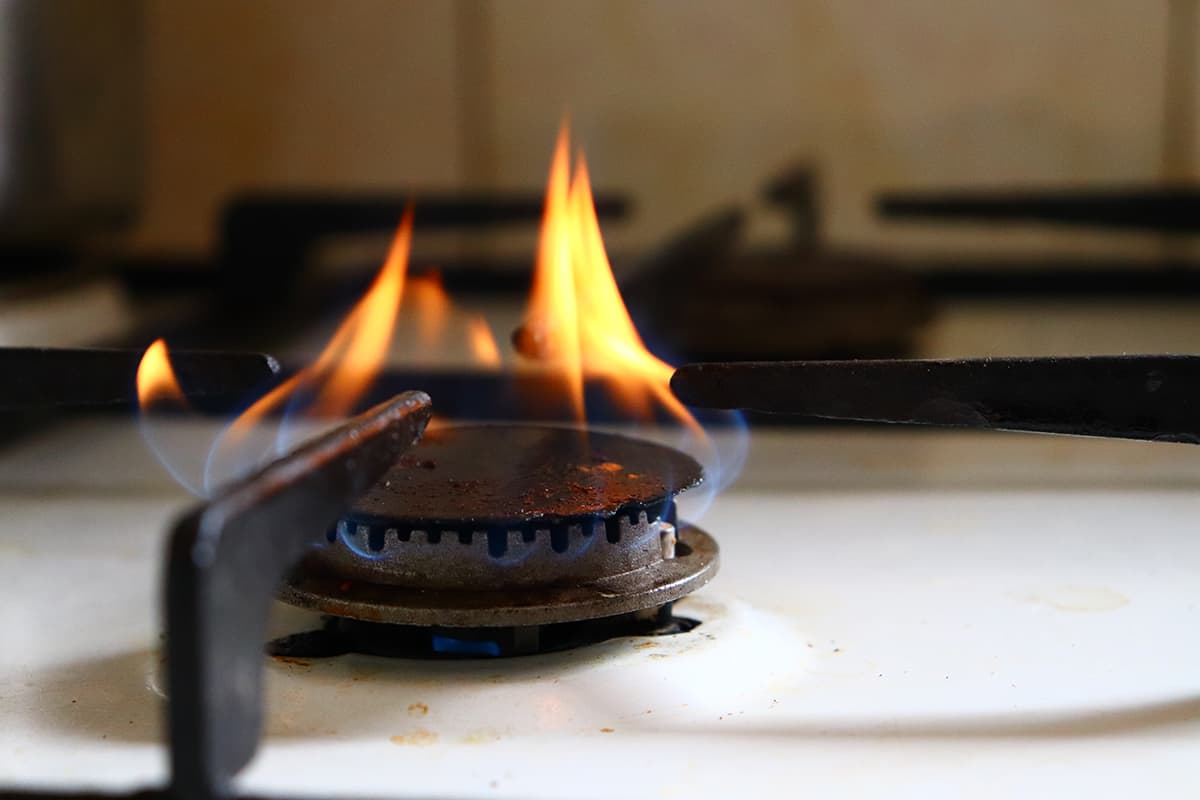
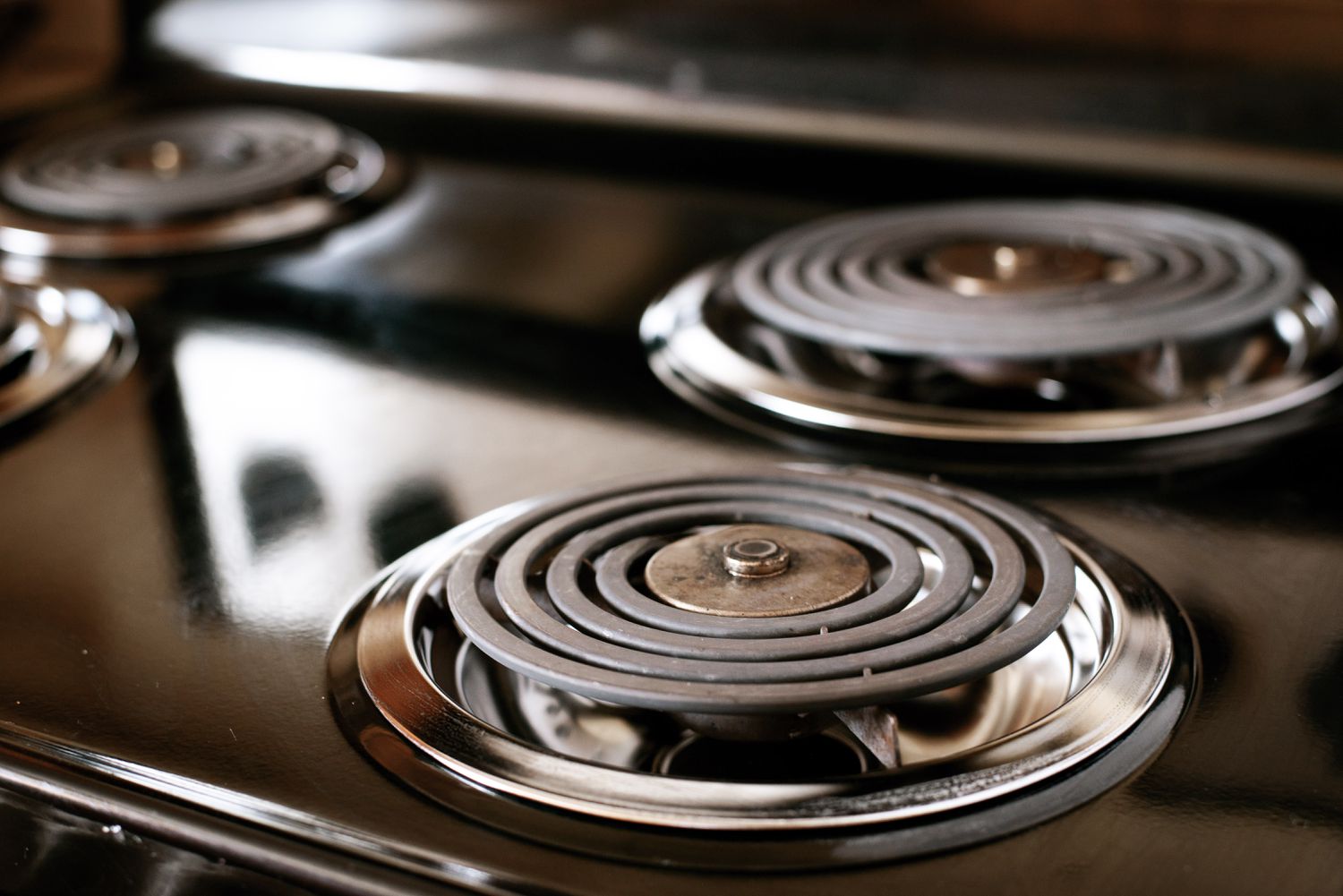
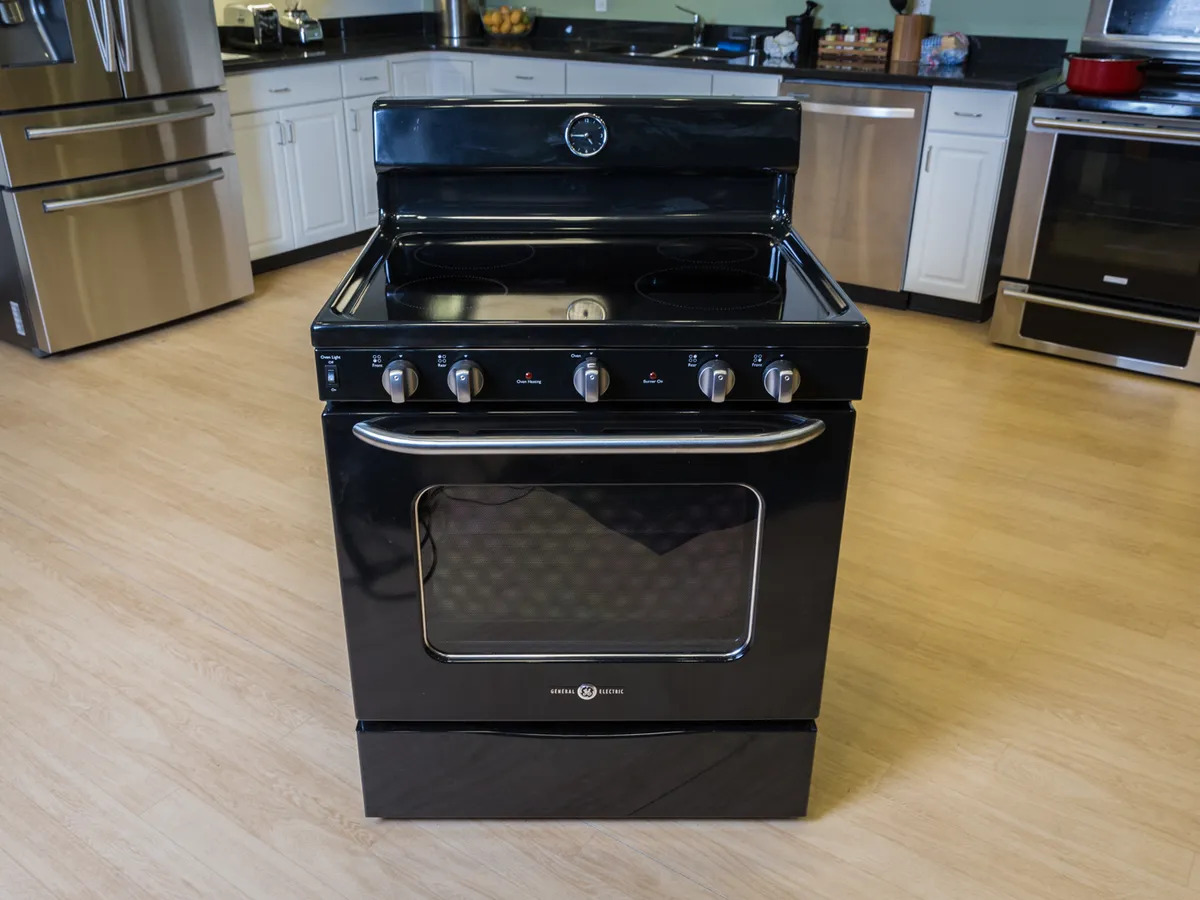
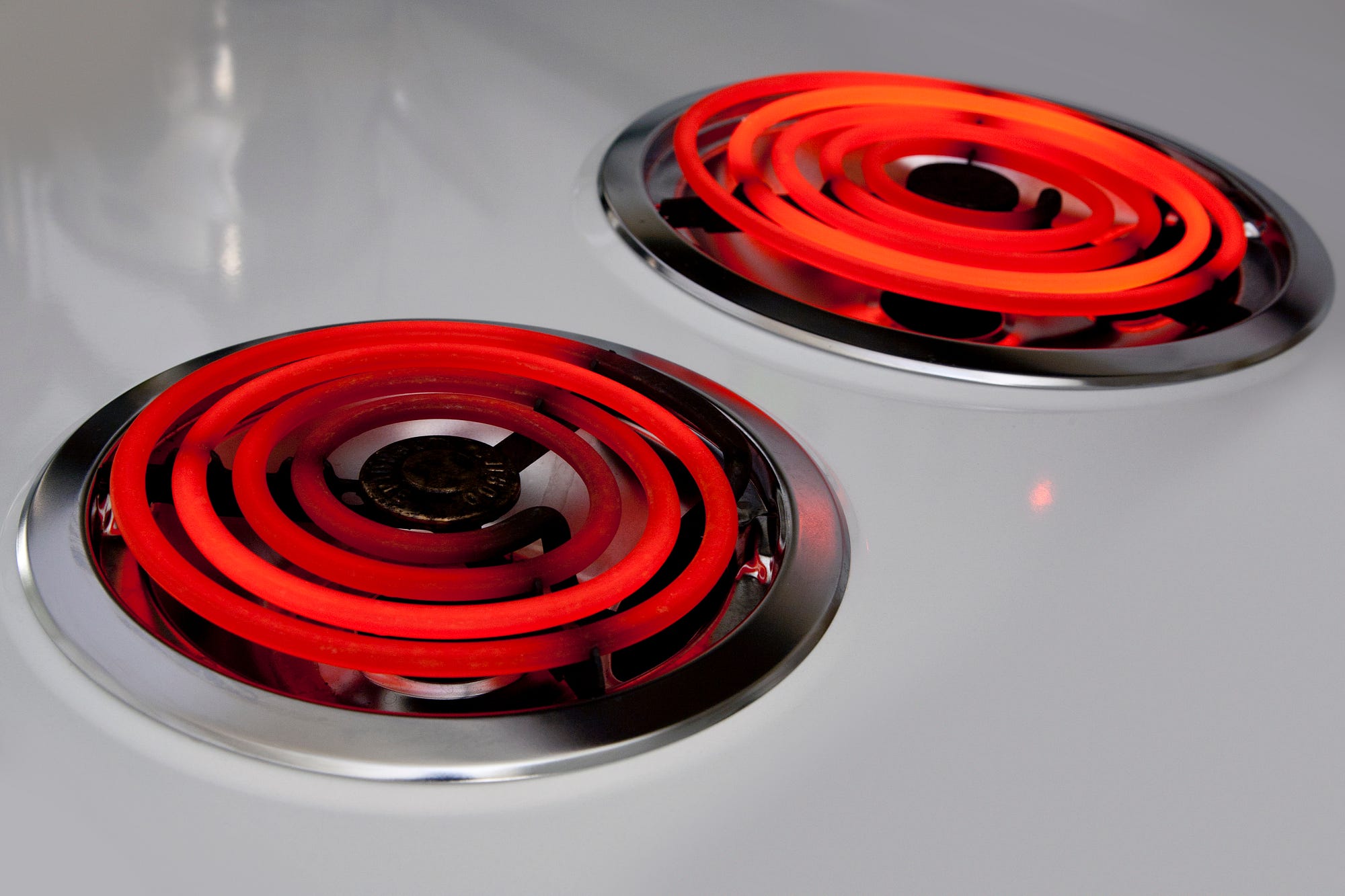
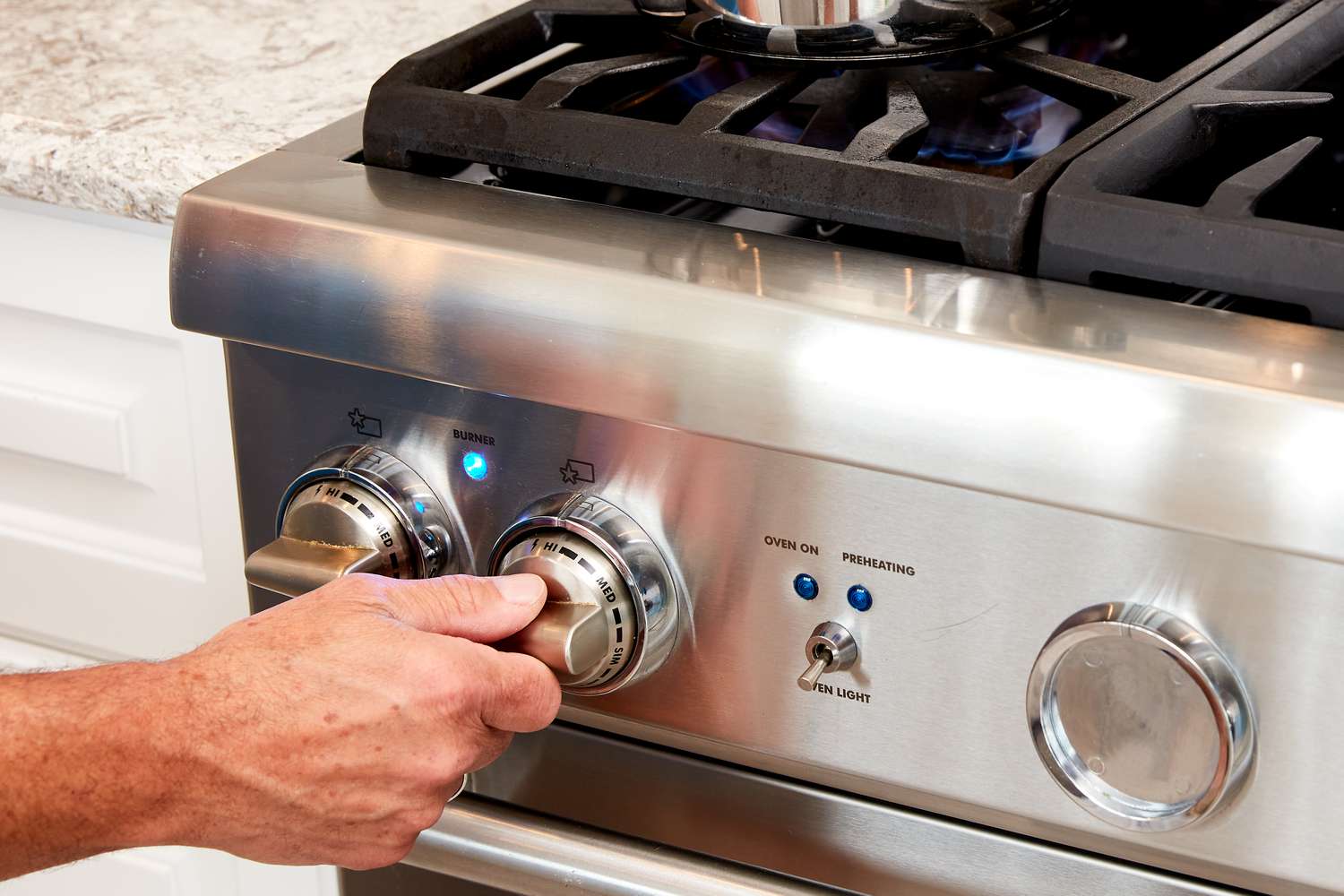
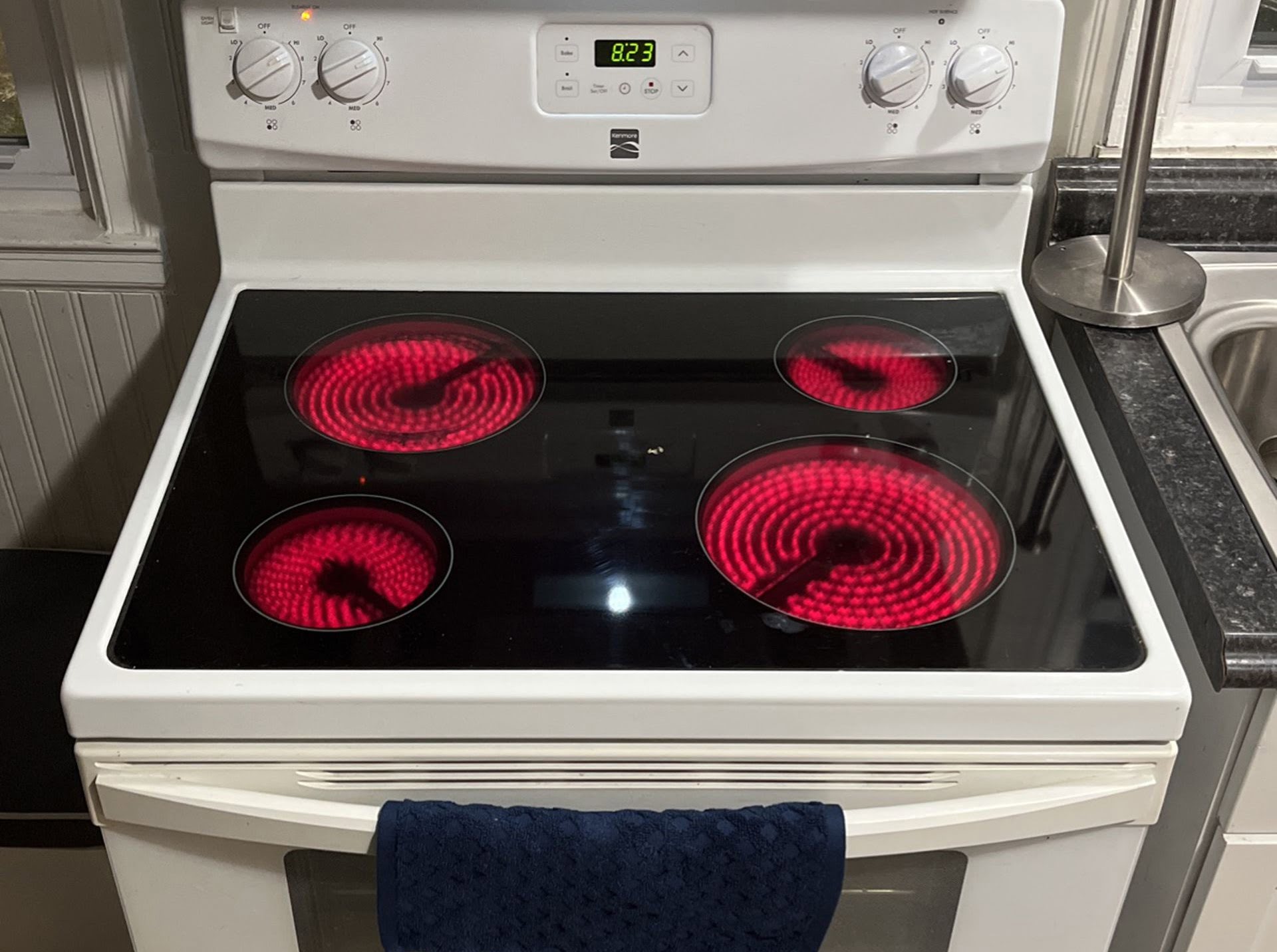
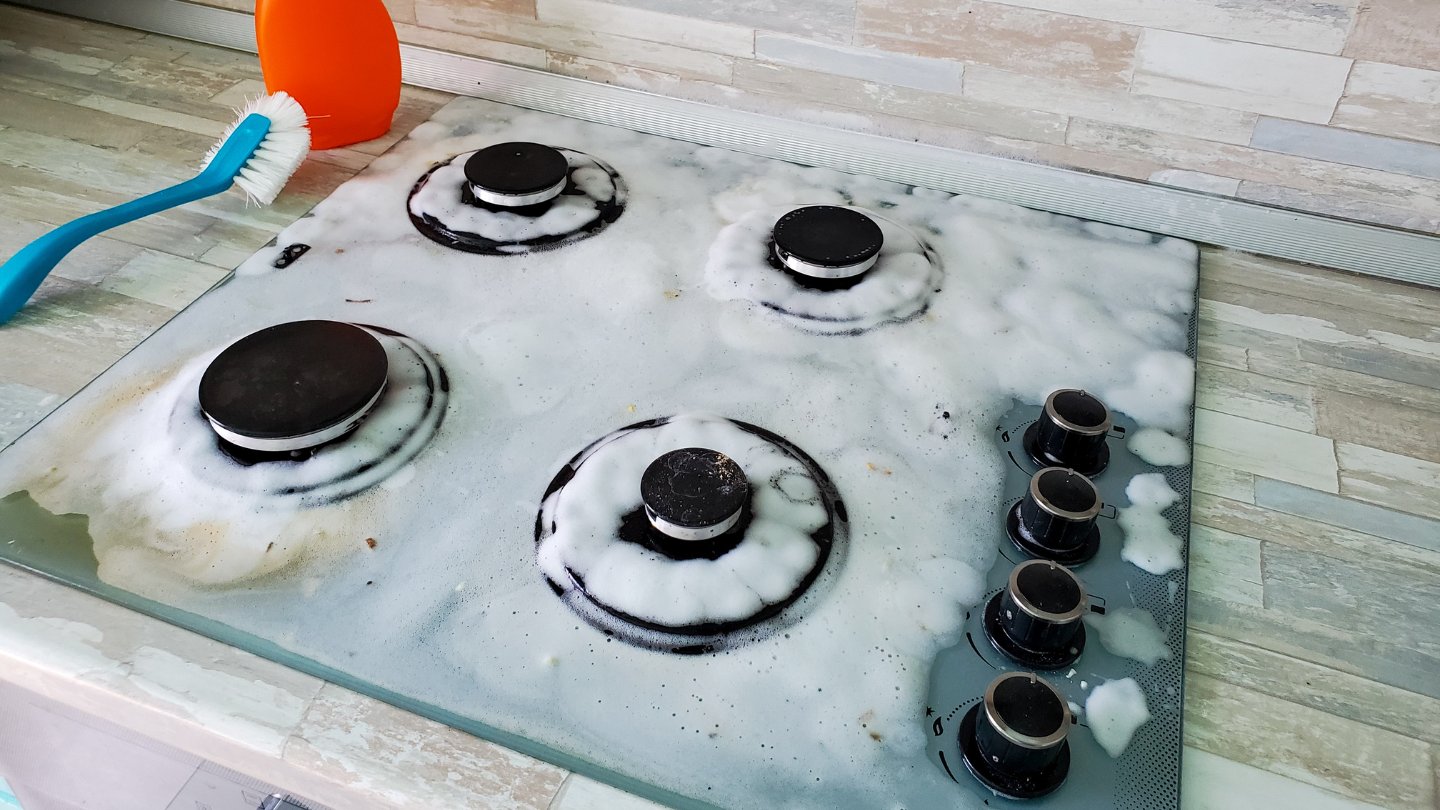

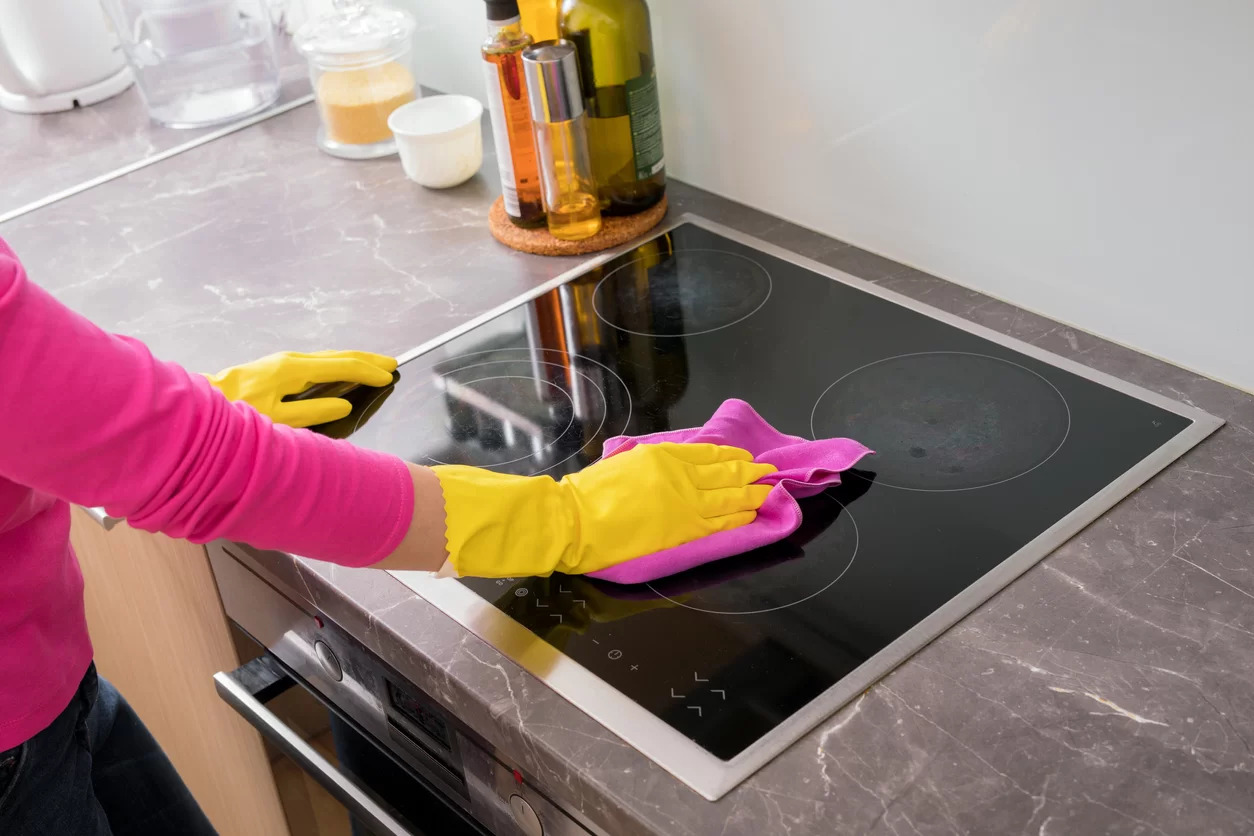

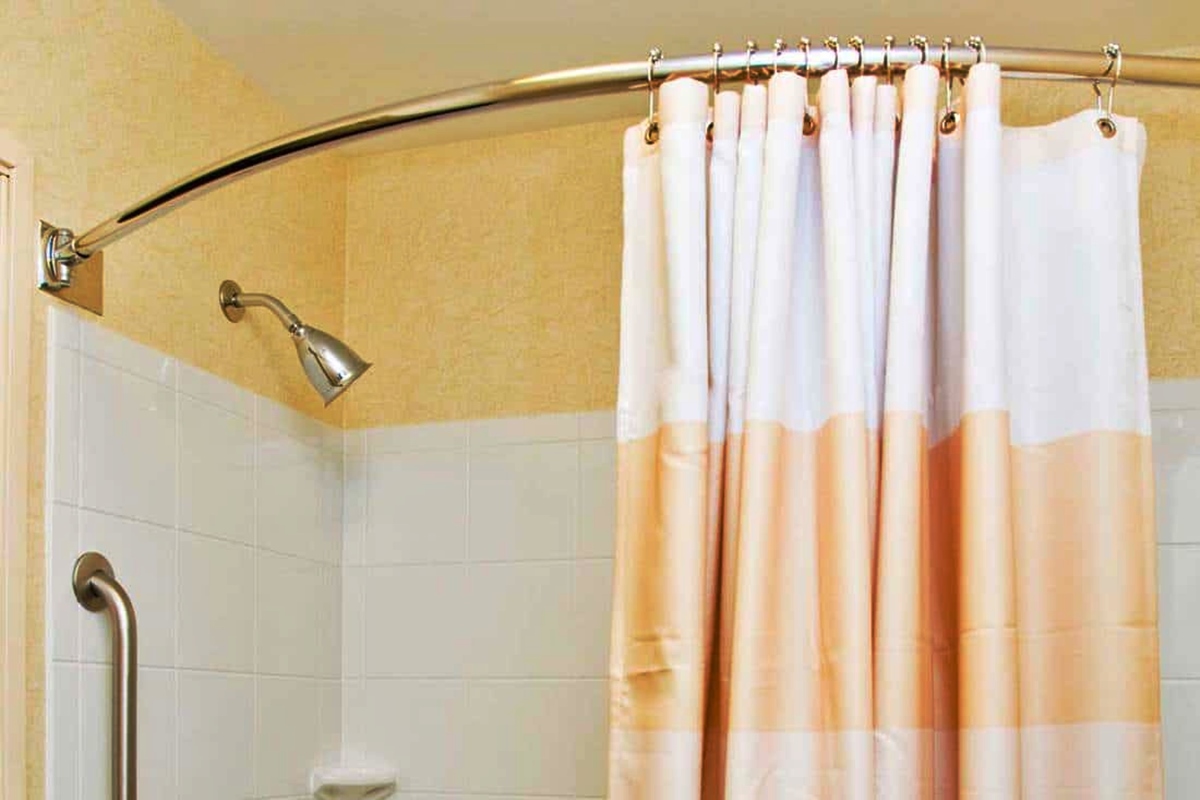
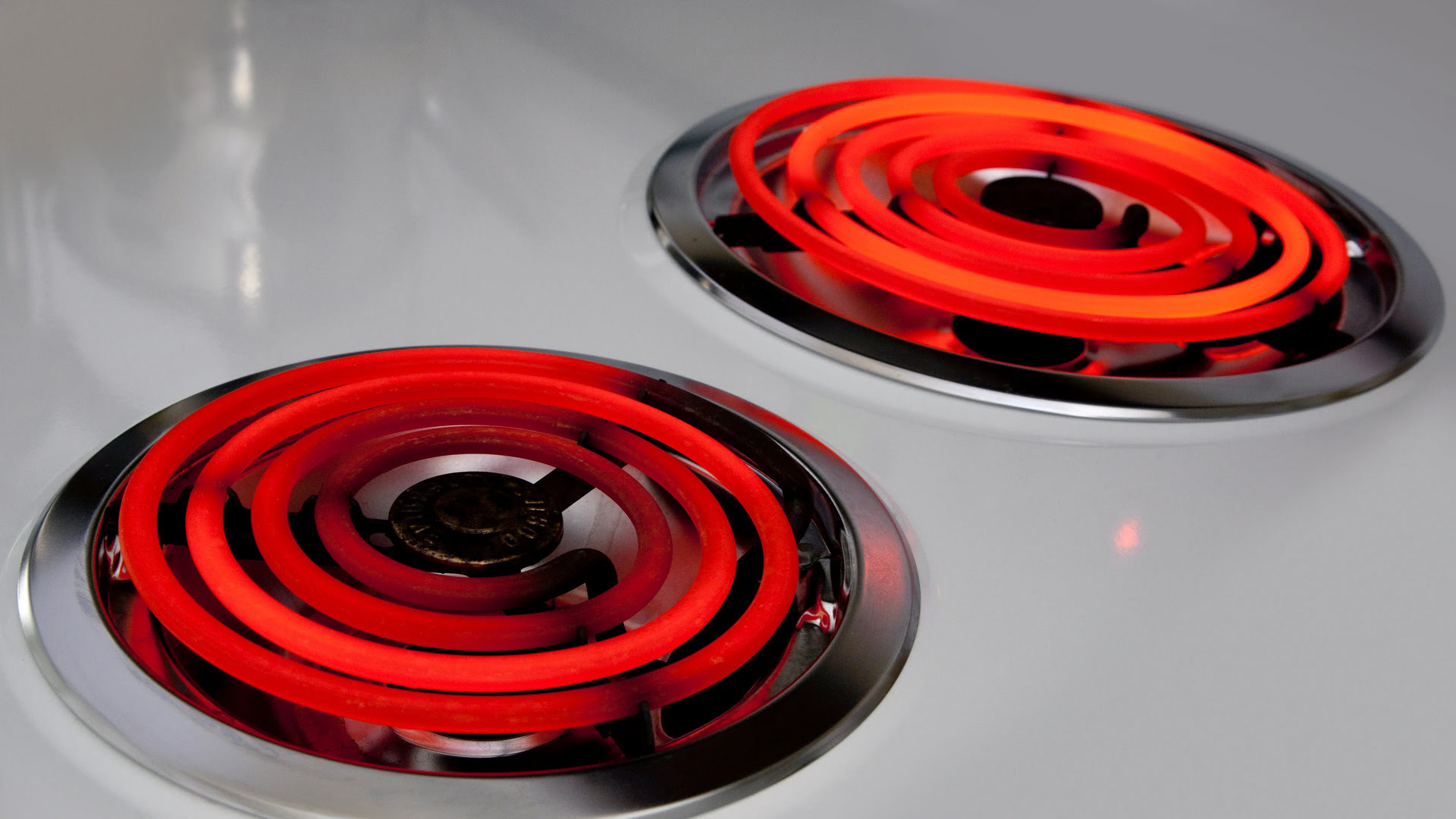
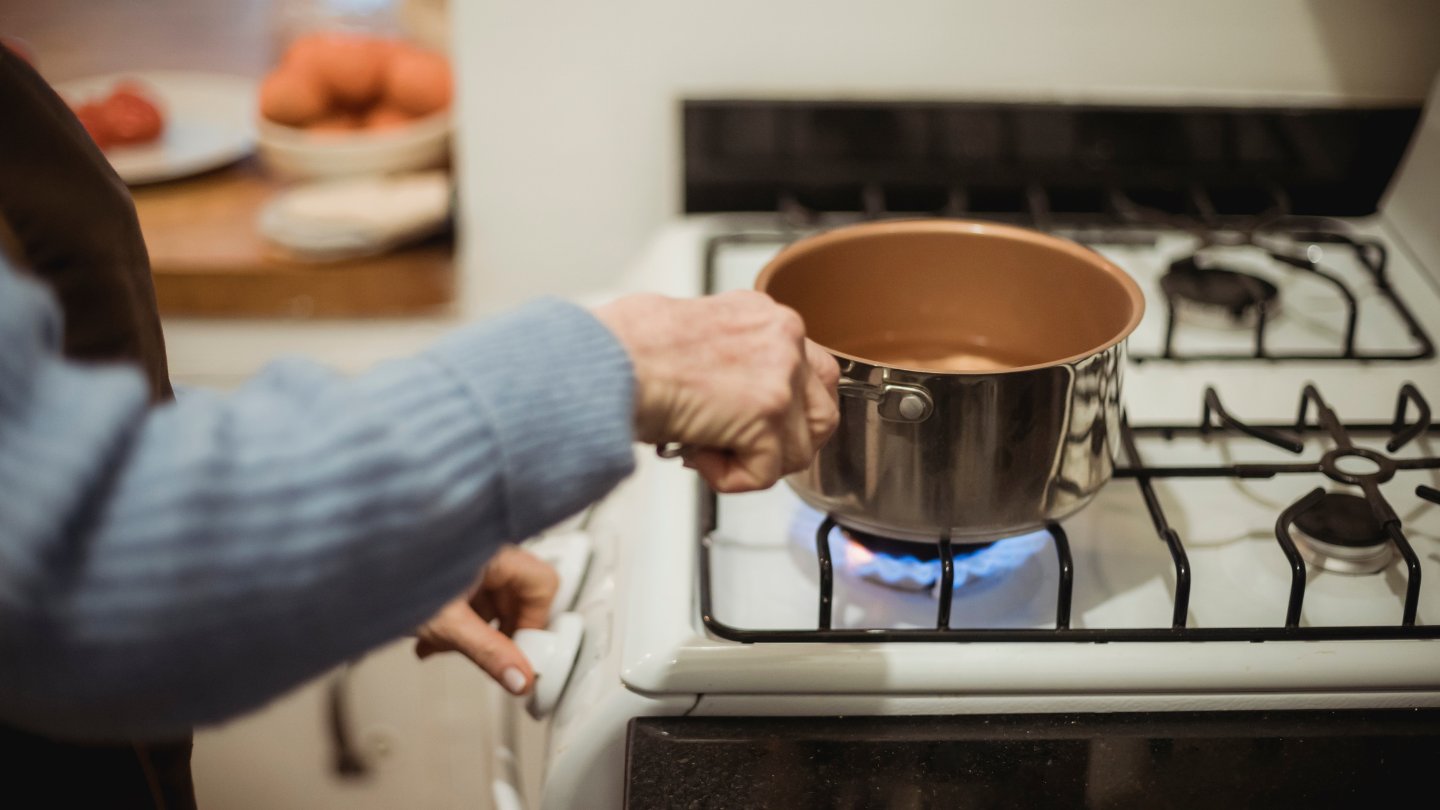
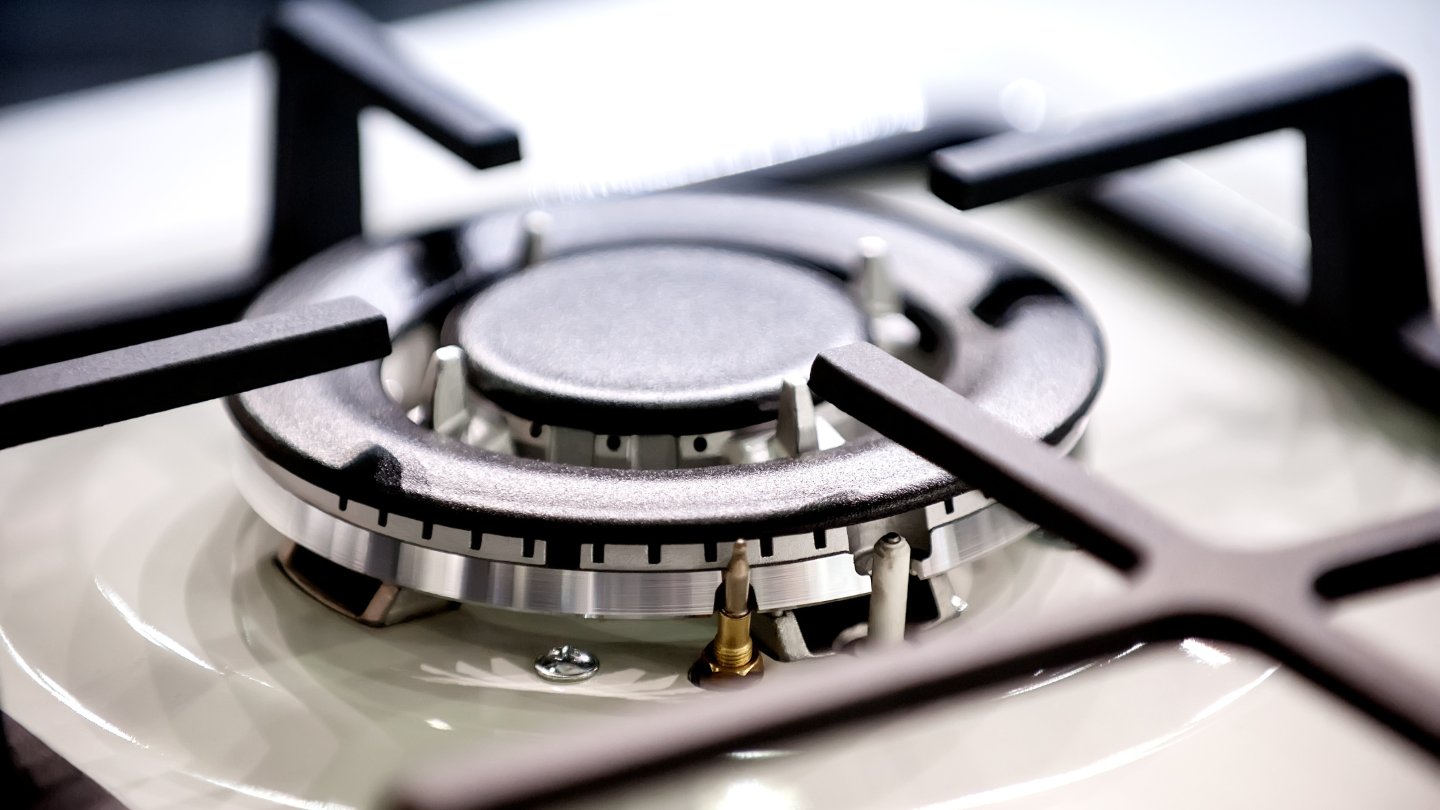

0 thoughts on “Why Is Part Of My Stove Burners Orange”